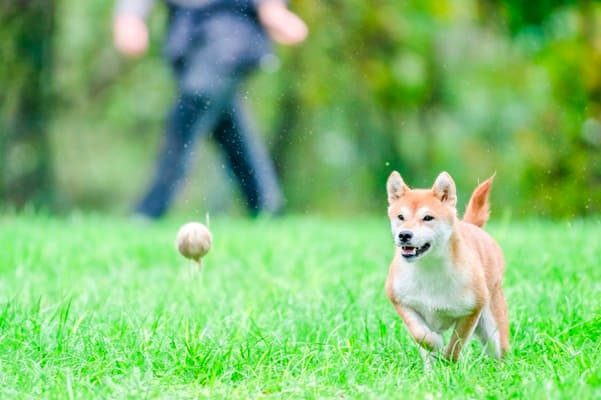Pet owners today are more informed and health-conscious than ever before. Many are beginning to question whether traditional kibble truly meets their pets’ nutritional needs. In response, an increasing number of dog owners are choosing the more natural and holistic approach to feeding. A diet that mirrors what canines would eat in the wild. Enter the world of raw dog food.
In the UK, particularly in Northampton, raw dog food has seen a surge in popularity in recent years, and it’s more than a fad. Whether it’s the promise of shinier coats or improved digestion, pet lovers nationwide are raving about the benefits. Nevertheless, what exactly is raw feeding, and is it right for your pet?
What is raw dog food?
Raw feeding is also known as Biologically Appropriate Raw Food or BARF. It’s a diet that mimics what dogs would naturally eat in the wild. Processed kibble is often filled with grains, additives, and preservatives. In contrast, raw dog food is made from fresh, uncooked ingredients.
A typical raw diet includes a blend of:
- Raw meats (muscle meat, such as chicken, beef, or lamb)
- Edible bones for calcium and dental health
- Animal organs (liver and kidneys) are a source of essential vitamins
- Small portions of fruits and vegetables for fibre and antioxidants
This balance ensures that dogs receive all the macronutrients and micronutrients they need to stay healthy. Your dog has no need for artificial additives or fillers. The philosophy behind it is simple. If you feed your dog food that’s closer to nature, you’ll support their body the way it was designed to function.
Key health benefits of raw dog food
1. Improved digestion and gut health
You may notice a dramatic change in your dog’s digestion after switching to raw. The natural enzymes present in raw meat support a healthy gut microbiome, making it easier for dogs to absorb nutrients. This often leads to smaller, firmer stools with noticeably less odour. It’s a win-win for you and your pets.
2. Shinier coats and healthier skin
Dull coats and itchy skin can be symptoms of poor nutrition. Raw diets are usually rich in natural fats, omega-3s, and amino acids. They are also vital for maintaining a glossy coat and healthy skin. After a few weeks on a raw plan, many dogs develop noticeably softer fur and improved skin condition.
3. Stronger teeth and fresher breath
Dental hygiene is another major bonus. Chewing raw bones acts like a natural toothbrush, helping to reduce plaque and tartar build-up. As a result, dogs on raw diets often have fresher breath and healthier gums, without the need for synthetic dental treats.
4. Increased energy levels
Unlike carb-heavy kibble that can cause spikes and crashes in energy, raw food provides steady, sustained fuel. Balanced proteins and healthy fats help maintain their energy levels, which is beneficial for working breeds and active dogs.
5. Better weight management
Processed pet foods often contain fillers like rice, maize, or soy, which contribute empty calories and can lead to weight gain. Raw feeding eliminates these fillers, making it easier to control portion sizes and maintain a healthy weight. You can also customise meals according to your dog’s individual needs.
Transitioning to raw and what to expect
Switching from kibble to raw doesn’t happen overnight. It’s essential to introduce new foods gradually, giving your dog’s digestive system time to adjust. During the early days, you may notice minor changes, such as loose stools or increased thirst. This is completely normal and part of the detox process.
Start with simple proteins and slowly add variety over time. If you’re unsure, seek assistance from experts to guide you through the process.
Is raw food right for every dog?
While many dogs thrive on raw diets, it’s not a one-size-fits-all solution. Factors, such as breed, age, health conditions, and activity level, should all be considered. For example, puppies and senior dogs may require specific nutrient ratios. Meanwhile, dogs with medical conditions may need vet approval before transitioning.
That’s why expert guidance is essential. You need to understand your dog’s unique needs and recommend a raw feeding plan that’s both safe and effective.
Conclusion
The rise in raw feeding is part of a larger shift toward conscious pet care. Many owners are seeking out natural, unprocessed alternatives that honour their dog’s biological needs.
From shinier coats and healthier teeth to better digestion and balanced energy, the benefits of raw dog food are undeniable. Beyond physical health, raw feeding also strengthens the bond between owners and pets through a mindful approach to nutrition. After all, choosing what we feed our animals is one of the most powerful ways we can show love and care.
Making the switch to raw could be one of the best decisions you’ll ever make for your dog’s long-term health and happiness.








